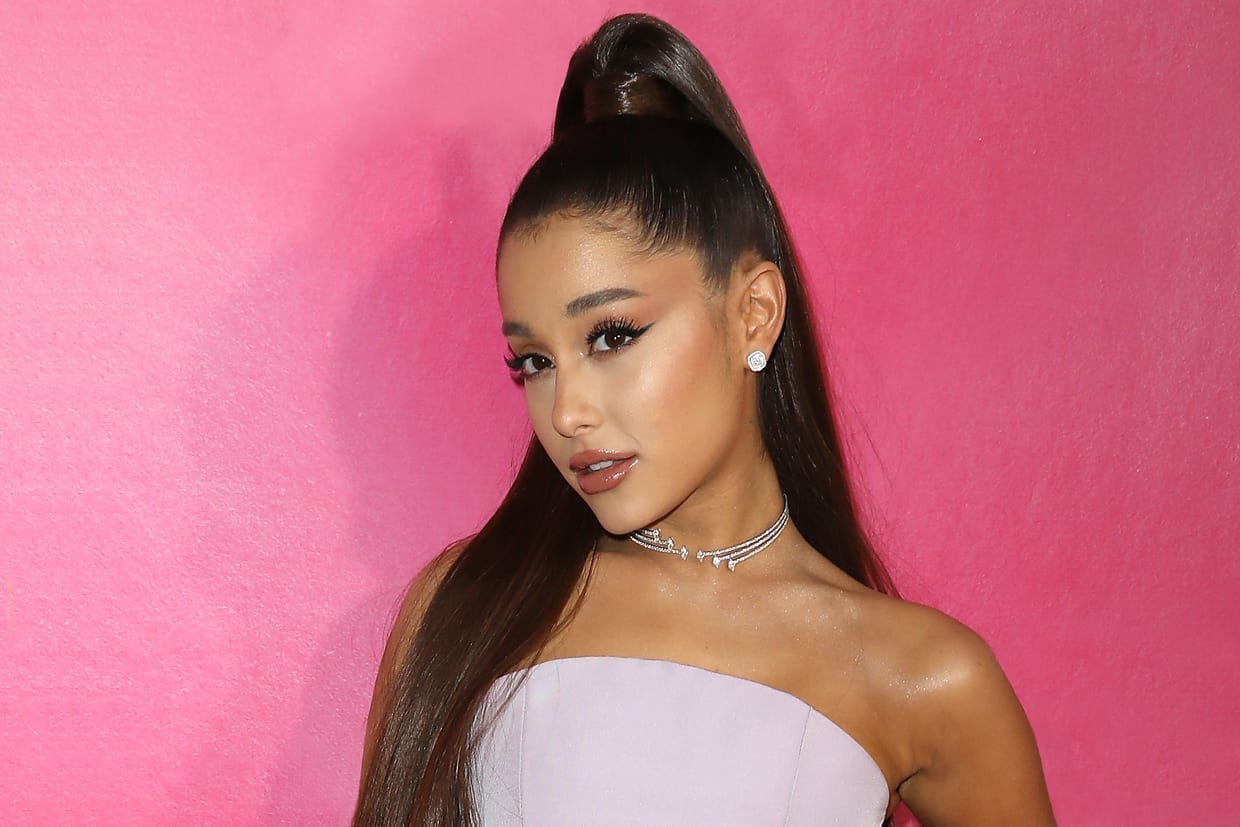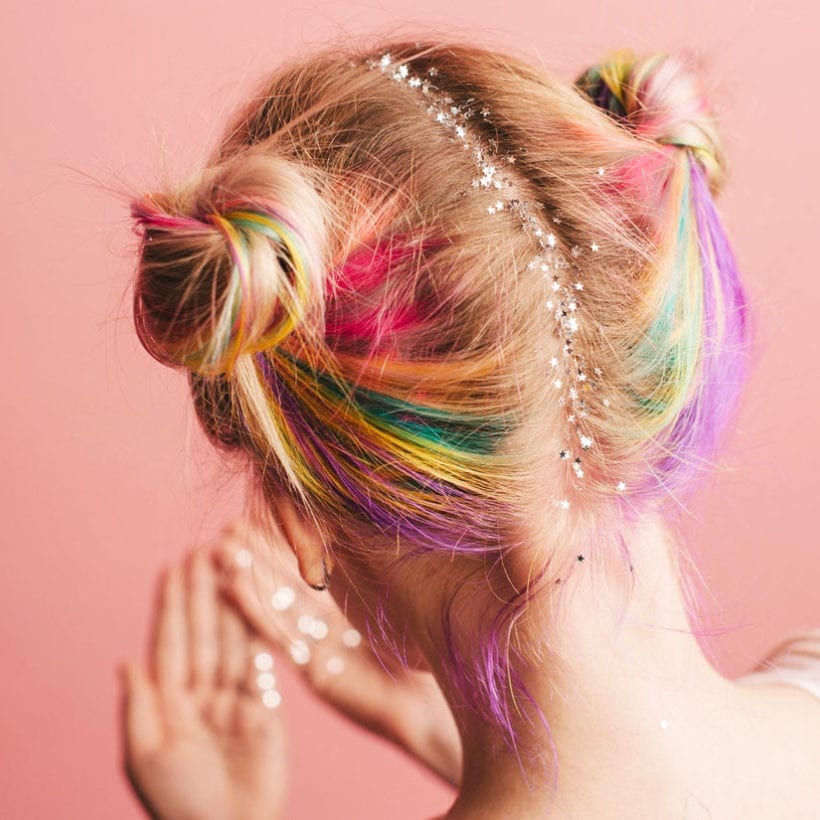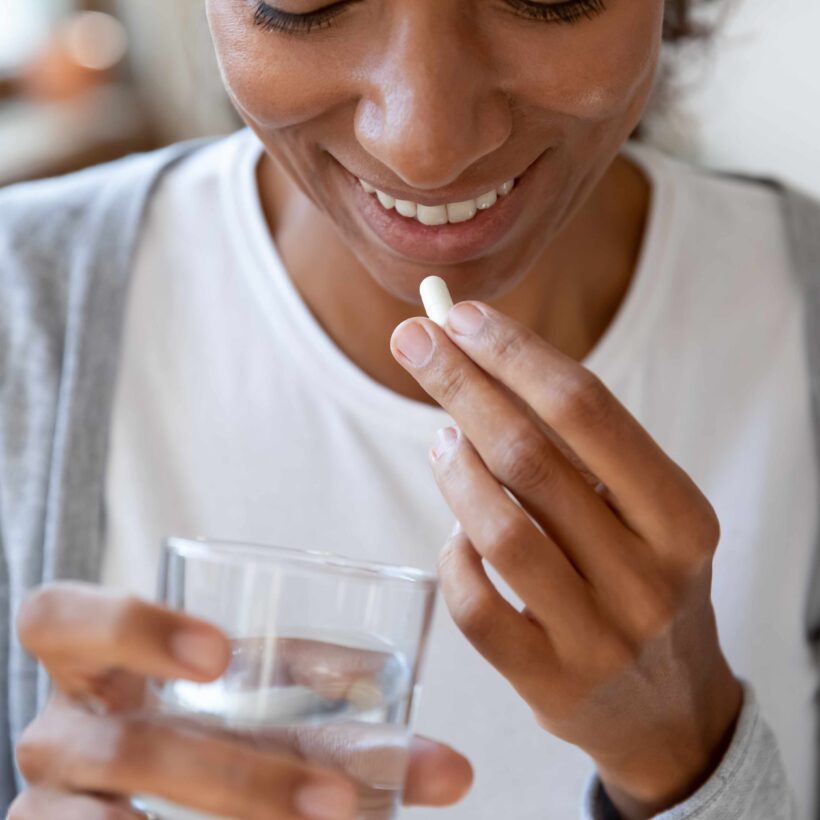My scalp is super sensitive. When my hair is up, it feels as if someone is perpetually tugging on my scalp. All I want is a super chic ponytail, but in return, a pulled-back style often gives me a headache.
And as eye-roller of a “problem”, as it may be, I assure you that when the hair on your head hurts your head, it is truly terrible.
If you are like me and notice achy scalp symptoms after putting your hair up on ponytail or updo, know that the sensation is real, it is not all in your head, and it has a name: a ponytail headache.
There is not a wealth of research that looks at the ponytail headache. You can imagine that saying your scalp aches because it is in a tight bun may not be taken that seriously, and that is a shame because it is common. You are not alone, and your symptoms are legit.
https://www.instagram.com/p/BcQJy_8jjsh/
What is a ponytail headache?
A 2004 study in the journal Headache found that 50 out of 93 women surveyed said a ponytail triggered a headache; for some the pain was located around their hair tie, while in others it spread to their forehead, temples or neck.
The medical term for ponytail pain is external traction headache, which falls under the umbrella of “allodynia,” says Wade Cooper, D.O., a headache neurologist at the University of Michigan. Allodynia is an abnormal response that happens when the brain perceives a non-painful touch as painful, says the American Migraine Foundation (AMF).
“Wearing your hair back or brushing shouldn’t cause discomfort, but this achiness is actually quite common and not a major health issue,” says Cooper. There are nerves throughout your scalp; toss your hair up and these nerves send an impulse to your brain signaling a pulling sensation. “In someone who has scalp allodynia, when this impulse reaches the brain, it’s amplified more than it needs to be,” says Cooper. Your pain nerve cells are “overexcitable” and can be triggered by a benign stimulus, according to the AMF. It does not just happen when your hair is up, but also affects sensitive folks when wearing a hat or helmet or hijab/headscarf.
https://www.instagram.com/p/Bl_9IA-gvSl/
Who is prone to a ponytail headache?
While this type of headache is not a problem in and of itself, it is an underlying marker that you have a sensitive scalp, which, in turn, can signal that you may be more prone to migraines, says Cooper. (A ponytail headache can occur in someone who does not get migraines, but it is less common, he says.)
Nearly 40 million people in the U.S. grapple with migraines — 18 percent of women have them (three times the rate of men), and they are most common in adults ages 25 to 55, according to the Migraine Research Foundation. “We think those who are prone to migraines have an enhanced nervous system. Testing shows that these people have a greater ability to detect vibration, smell odors more acutely, and are more sensitive to light stimulus compared to those without migraines,” says Cooper. This actually played an evolutionary role, he says — being more sensitive to the environment kept you out of harm’s way.
https://www.instagram.com/p/BrpGu4EAov3/
Preventing a ponytail headache
A bit of self-care goes a long way. “Anything that irritates your nervous system will make you more prone to this excitable response,” says Cooper. Make sleep a priority and have go-to ways to reduce stress at the ready.
And be especially vigilant about your self-care strategies around your period — scalp nerves travel through the trigeminal nerve on their way to the brain. “The trigeminal nerve has hormone receptors that determine how sensitive nerves will be, and they are affected by hormonal fluctuations,” says Cooper. Whereas last week you were able to wear a ponytail, you might not be able to wear one when you are PMSing — your body is just more sensitive to pain right now.
You can also use an anti-inflammatory. But, “only take these medications [to treat a ponytail headache] two times per week,” says Cooper. Taking them too often (as in, daily) could cause rebound headaches.
Another option: taking a magnesium supplement if the phenomena happen often, as this may lower the likelihood of both scalp achiness and recurrent bouts of moderate headache, says Cooper, who recommends 500 mg per day of magnesium oxide.
And most importantly, should you get hit with one of these headaches, just take your hair down, says Cooper. In the Headache study, this helped relieve pain immediately for four people; for five others, it was within a half-hour. So, it is worth a try.
We only recommend products we have independently researched, tested, and loved. If you purchase a product found through our links, Sunday Edit may earn an affiliate commission.







